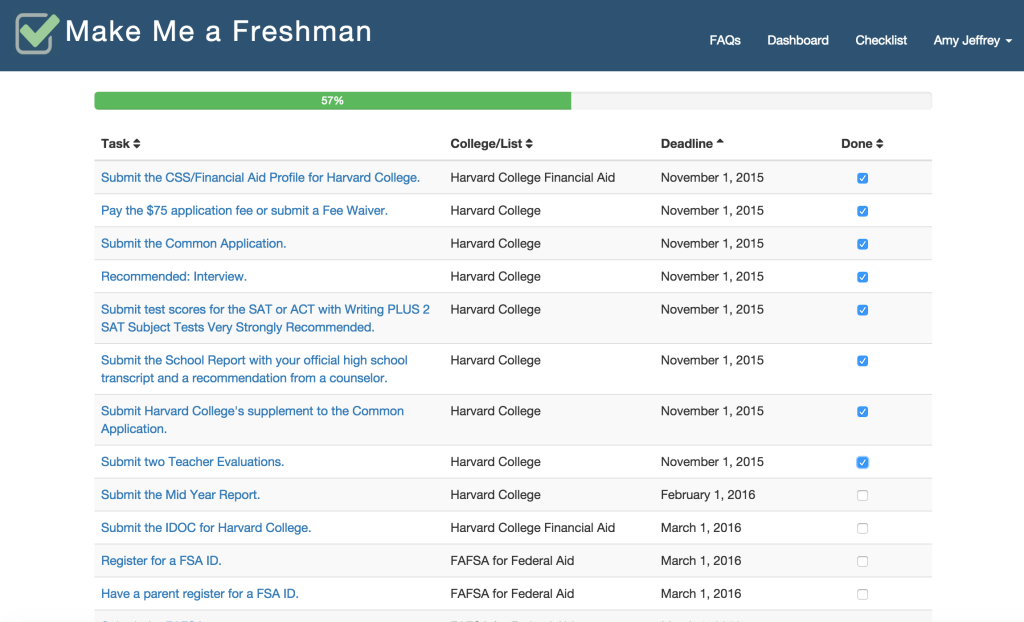
We’ve all been there. We don’t want our children to be rejected. When someone rejects them, it cuts us to the core. How could anyone reject my sweet little girl? How dare that college turn their admission request down!
But some parents take it too far. They call. They write. They beg and plead. They offer bribes and more. In the hopes of changing the college’s mind about their admission decision.
It’s understandable. You feel your child’s pain. You don’t want them to be hurt. You want to fix it. You’ll do anything to remove the feeling of disappointment. Unfortunately, you only make matters worse. You are helping more than hurting.
Rejection and disappointment are a part of life. Your child must learn this before moving on into adulthood. Sometimes we lose. Sometimes we don’t get what we want. Being a parent isn’t synonymous with being a fixer. We should be helping our children face disappointment, deal with consequences, and learn to adjust life’s path if it takes you in a different direction.
The next few months in a college bound teenager’s life are going to be filled with excitement, drama, and often disappointment. Many will get into their first choice college. Some won’t. Some will have to readjust their plans and consider a 2nd or even 3rd choice college. Some will be rejected and won’t be able to take the college path at all. But it’s not which college your child attends that defines them. What defines them is how they respond to each of them–as an adult or as a spoiled child.
More important, how will you respond? Will you rant and complain to the college? Will you blame the college (or your child) for any rejections? Will you make your child feel insignificant or unsuccessful because they didn’t live up to your expectations?
Here’s a satire piece that’s funny, but a tad scary. You see, I’ve watched these parents in action. They plow and bulldoze their way through every difficult situation, not giving their child the opportunity to face it and overcome. Take the time to read this. Chew on it for awhile. Pass it along to other parents.
Let’s not be that type of parent–you know the one. The one who gripes, complains, threatens and harasses anyone that keeps you and your child from getting your way. Teach your child to self-advocate and face life’s disappointments with dignity. Don’t be like this parent:
Satire–A College Rejection Meltdown in 5 Emails
It starts out like this:
Dear Mrs. Williams:
While I certainly understand how disappointing it can be to receive undesirable news, I did want to follow up on your most recent email to reassure you that there was not “some kind of mix-up” in Elite University’s decision to decline your daughter’s admission. We truly regret that this decision has resulted in the unfortunate return of your gastrointestinal condition, in addition to your severe and persistent rheumatoid arthritis in your big toe.
While Ingrid is undoubtedly a very bright and talented young woman, please understand that we simply have more qualified candidates than we can admit. All admissions decisions are final, and we cannot accept requests for reconsideration.
Sincerely,
Celeste McDaniels
Dean of Admission, Elite University ‘83










